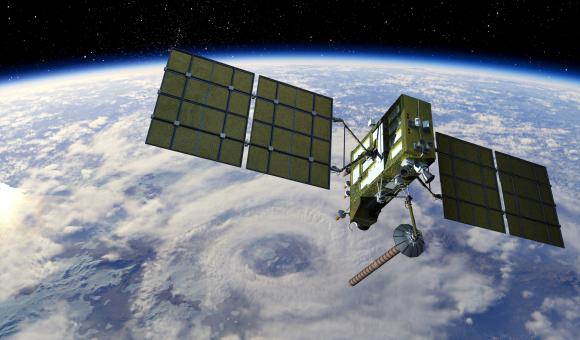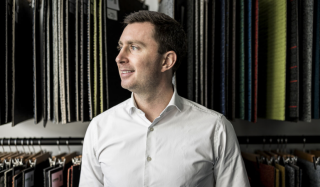
Maxime Fays, a young 28-year old scientist from Liege, is the only French-speaking Belgian to be involved in the international project LIGO, a group that observes gravitational waves.
The LIGO group is an international working project on gravitational waves, pooling the grey matter of thousands of scientists from 27 countries around the world. Maxime Fays, a young 28-year old scientist from Liege, works at the University of Cardiff (Wales) and joined this prestigious group three years ago.
To mark the recent discovery of the LIGO group, which has detected gravitational waves for the first time, 100 years after Albert Einstein’s prediction, let us find out a bit more about this promising young scientist.
After studying foreign trade in Liege, Maxime Fays decided to take a detour into astrophysics and headed off to study in Wales. During the final year of his PhD at Cardiff University, in the research group on gravitational physics, he worked for four months on the site of one of the two wave detectors in the United States, and took part in the gravitational waves research project.
Even if the discovery is not directly related to his field of research (he works on long gravitational waves, 10 seconds in length, while the LIGO discovery concerns short gravitational waves, lasting only a few milliseconds, produced during the merger of two black holes), he is nonetheless delighted by the development. At a time when we talk only of wars, conflicts and crises, this is a project conducted by a thousand people from twenty seven different countries, who are working openly together, regardless of any borders and differences.
Although only one single event has been detected for the time being, the LIGO members hope to measure a few dozen a year. This will pave the way for a new astronomy and make it possible to further broaden our understanding of our Universe. This discovery should also attract enough funding for the future, including the E-Lisa project, a super-detector of gravitational waves placed in space. And we wouldn’t be surprised to see Maxime Fays at the heart of the action!







